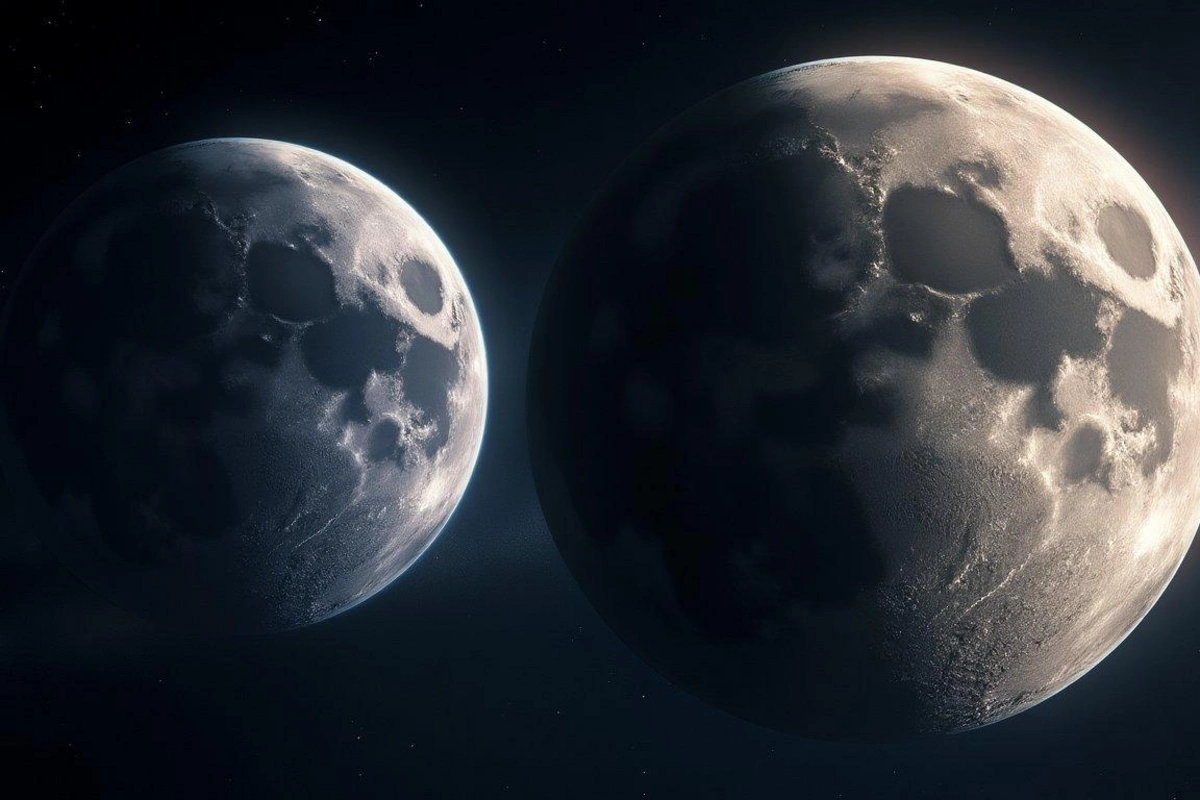NASA Explains Why the Far Side of the Moon Looks So Different from the Near Side

NASA scientists have unveiled new findings that explain why the far side of the Moon looks drastically different from the side visible from Earth. According to a recent study, the reason lies in the powerful gravitational influence of our planet.
Unlike Earth, the Moon is tidally locked - meaning one side always faces us while the far side remains hidden. Researchers discovered that this constant gravitational pull has caused tidal deformation, making the near side more convex in shape.
This gravitational tension didn"t just reshape the Moon"s exterior. It also created a significant internal temperature imbalance, with the near side being 100–200 degrees warmer than the far side. The heat and stress also fueled intense ancient volcanic activity, forming the cratered landscape we see today.
In contrast, the Moon"s far side is more rugged and mountainous, having avoided the same level of internal heating and lava flows.
NASA"s study also aligns with earlier theories suggesting that the Moon"s formation - possibly after a collision with a Mars-sized planet called Theia - may have influenced Earth"s own development, including the appearance of Earth"s oceans.
These discoveries deepen our understanding of lunar evolution and may help explain why Earth"s only natural satellite remains such a mysterious celestial body.
Similar News
Psychologist named components of male happiness that aren't talked about
Finding inner value makes a man truly happy. As reported by BAKU.WS, psychologist Olesya Berezhnaya told this in an interview with "Gazeta.Ru". "The main secre...




 Azərbaycanca
Azərbaycanca  По-русски
По-русски  English
English 






